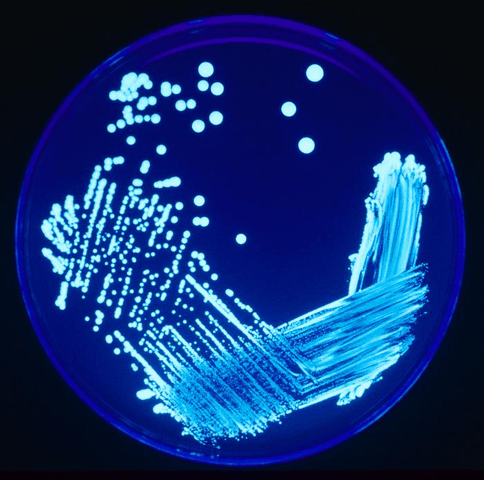Probiotics are defined as live microorganisms that are thought to provide health benefits when consumed. The most popular probiotic organisms are bacteria belonging to a group called lactic acid bacteria (LAB). The LAB is not a taxonomic term, but rather designates a heterogeneous group that produces lactic acids as a result of fermentation. The most widely used probiotic genera are Bifidobacterium and Lactobacillus. You can easily find these names on the containers/bottles of probiotic products in stores. It is also common that probiotic products and drugs are made of multiple strains that belong to different species.
A team of researchers at the University of California, Davis, examined the microbiological compositions of 16 commercially available probiotic products containing Bifidobacterium (sold as pills) using a metagenomic approach. They reported that only 1 of the 16 probiotics perfectly matched its bifidobacterial label claims in all samples tested, and both pill-to-pill and lot-to-lot variation were observed. The result was published in Pediatric Research (2016). Please answer the following questions:
Question #1: Give a possible reason why there was a mismatch between the product labels and the results of the metagenomic study.
The UC Davis team isolated two Bifidobacterium strains from the probiotic product #15 that was labeled to contain Bifidobacterium longum subsp. infantis. Below are the genome sequences of two isolates:
Strain 7 [Download]
Strain 9 [Download]
Question #2: How many subspecies are there in the species Bifidobacterium longum? You can EzBioCloud to find the up-to-date taxonomy of the speciesBifidobacterium longum. Do all Bifidobacterium species have subspecies? If not, why do only certain species were further classified into subspecies?
Question #3: Calculate the average nucleotide identity (ANI) values between type strains of subspecies of B. longum and two isolates (in Question #1) using the ANI calculator available here. Can you identify the isolates at the subspecies level? Is it true that they belong to Bifidobacterium longum subsp. infantis as claimed by the probiotics manufacturer?
Question #4: Are the two isolates(in Question #1) of the same strain? Explain and provide evidence to support your answer.
Last edited Oct 22, 2017 / JC



